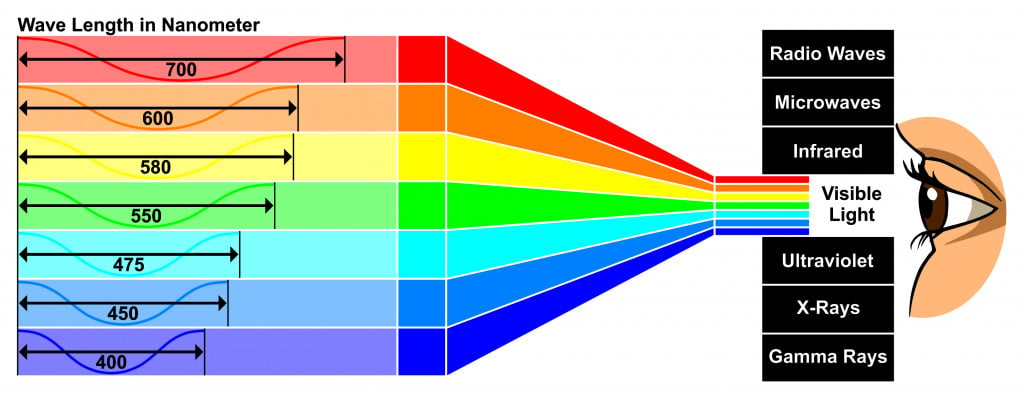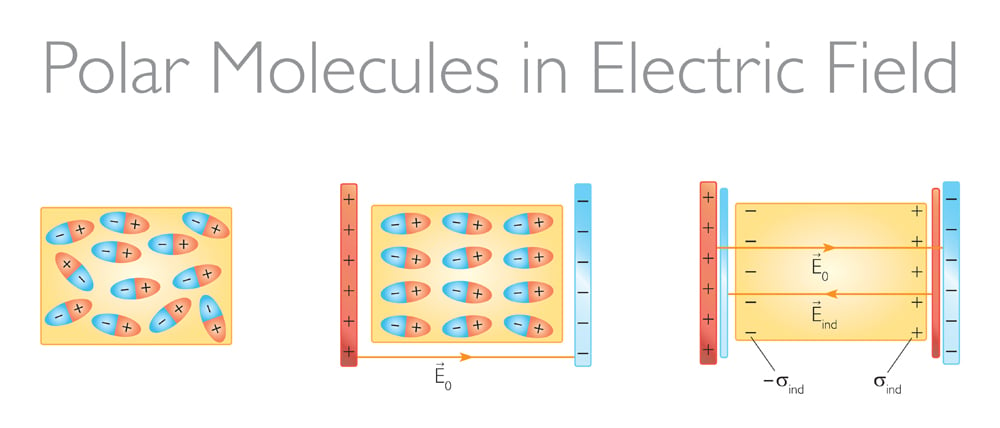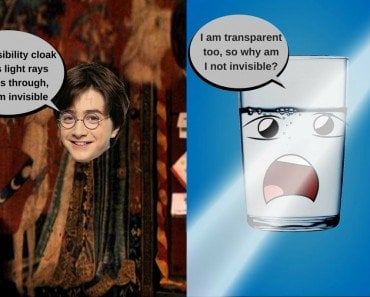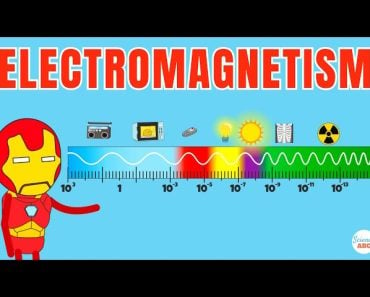The refractive index of a material is a property of its electronic structure. If addition of charge changes the electronic structure, then the refractive index changes.
Optics is the branch of physics related to the interaction of light and matter. This interaction can be observed on a daily basis in a number of different scenarios. For example, when a pencil is put inside a cup containing water, the pencil appears to be broken above and below the water layer.
When white light strikes a glass prism, it undergoes dispersion, producing a beautiful spectrum of seven colors. This is due to the fact that the light, which travels through air, acts differently than the light that travels through water. The differences between these light beams arise because of the interaction of light with the intervening matter, i.e., water and air, in this case.
Recommended Video for you:
The Nature Of Light
Visible light is an electromagnetic wave. An electromagnetic wave is one that travels through electromagnetic fields. Electromagnetic fields are affected only by charged particles. For example, when an electron (a charged particle) moves through a wire, it changes the local electromagnetic field, which results in the production of electromagnetic waves.

All waves have some measurable properties associated with them, including frequency, wavelength and amplitude. Visible light is an electromagnetic wave that lies in the wavelength range 400 nm – 700 nm (equivalent to a frequency range 430 THz – 750 THz).
Index Of Refraction
Refraction is discussed quite often in relation to light. Refraction is actually a phenomenon associated with waves, in general. It is the change in the direction of propagation of a wave (bending) when it enters a new medium due to a change in its velocity of propagation.
The Index of Refraction or Refractive Index (n) of an object is defined as the ratio of the speed of a light wave in vacuum to the speed of light in that object. Mathematically,
 |
where,
c = speed of light in a vacuum
v = speed of light in the object
Interaction Of Light With Matter
Atoms are the building blocks of matter. Many atoms combine (bond) with each other to form molecules. Bulk matter is an aggregation of millions of molecules. The atom consists of a positively charged nucleus, negatively charged electrons and neutral particles called neutrons.
Since the nucleus and electrons are charged, they interact with electromagnetic fields. This interaction can be measured when suitable instruments are employed to measure them. The presence of charges is responsible for the optical properties of substances.

When a beam of visible light is incident on a material, it excites (raises the energy) the electrons of the material (one may wonder why visible light not excite the nucleus. The answer is that the energy of visible light is not enough to raise the energy of nuclei, but only of electrons). The incident beam has some frequency (f) associated with it. When it strikes the electrons, they absorb the energy and start oscillating at the same frequency as that of the incident light. Since electrons are charged particles themselves, their oscillations give rise to secondary electromagnetic waves, which move away from the electron in all directions. These electromagnetic waves have a wavelength in the visible spectrum. Thus, the electron also starts behaving as a source of light.
Since the material consists of millions of atoms with millions of electrons, the net effect is that a superposition of all the waves occurs, the outcome of which is a resultant wave with a slower phase velocity (v) than the incident wave (c).
Refractive Index And Charges
All charges produce an electric field. The addition, removal or movement of charges changes the electric field.
The refractive index of a material when subjected to an electric field, n(E), is given by the following general equation:

For most substances, higher order terms (product of E greater than 2) are negligible. Thus, the equation is simplified to:

where,
n(0) = refractive index in the absence of an external electric field
a1, a2 = material dependent constants (electronic structure and symmetry dependent)
Refractive Index Of A Charged Substance
Until now, the discussion was limited to materials that remained neutral. When extra charges are introduced, an electric field, E, develops. This electric field interacts with the material and affects its polarization. This translates to a change in the position and orientation of dipoles. This change affects its optical properties.

The change in optical properties due to electric fields is called an electro-optic effect.
There are two types of electro-optic effects: linear electro-optic effect (Pockels effect) and non-linear electro-optic effect (Kerr effect).
Pockels Effect
The change in refractive index ( ) depends on the 1st exponential power of the electric field strength (the change in refractive index is a linear function of the electric field strength). Mathematically, it is represented by the equation:
) depends on the 1st exponential power of the electric field strength (the change in refractive index is a linear function of the electric field strength). Mathematically, it is represented by the equation:


Kerr Effect
The change in refractive index ( ) depends only on the 2nd exponential power of the electric field strength (the change in refractive index is a quadratic function of the electric field strength). Mathematically, it is represented by the equation:
) depends only on the 2nd exponential power of the electric field strength (the change in refractive index is a quadratic function of the electric field strength). Mathematically, it is represented by the equation:


The Answer
Thus, the addition of charge changes the refractive index because a new electric field develops, and subsequently interacts with the charges on the material. This interaction results in a change of the optical properties of the material.












